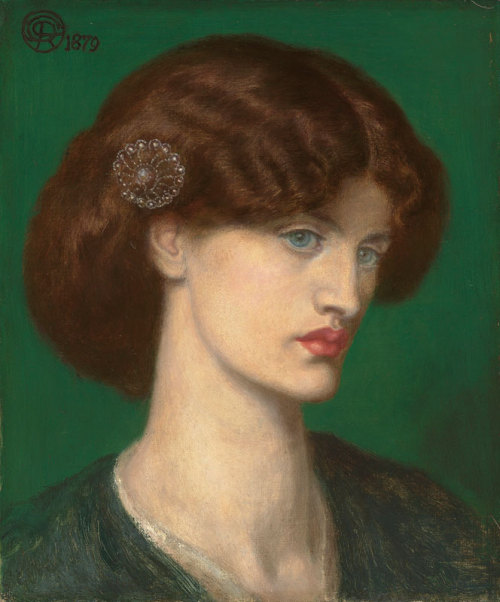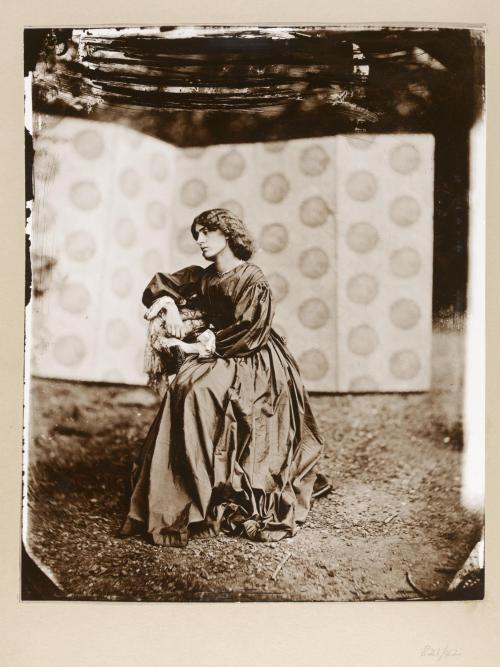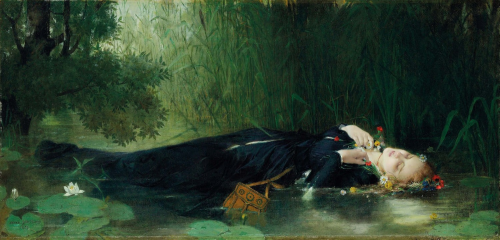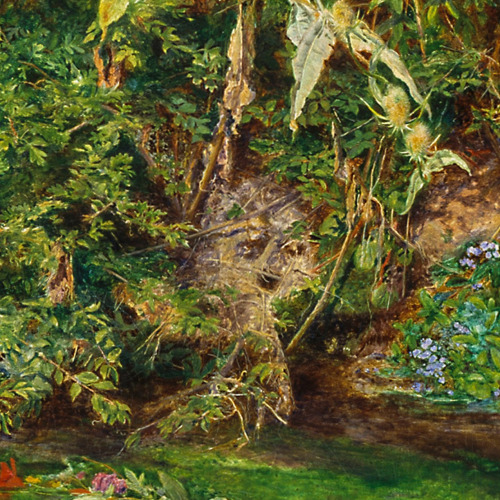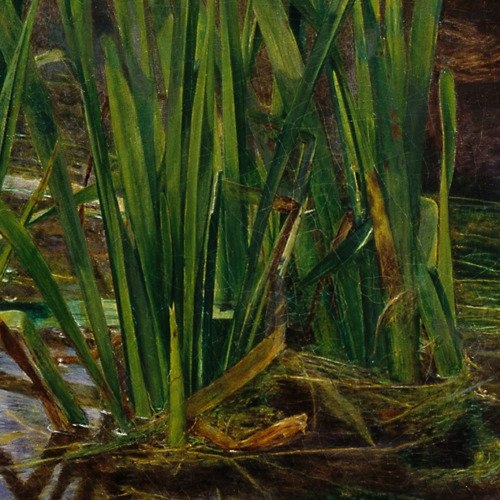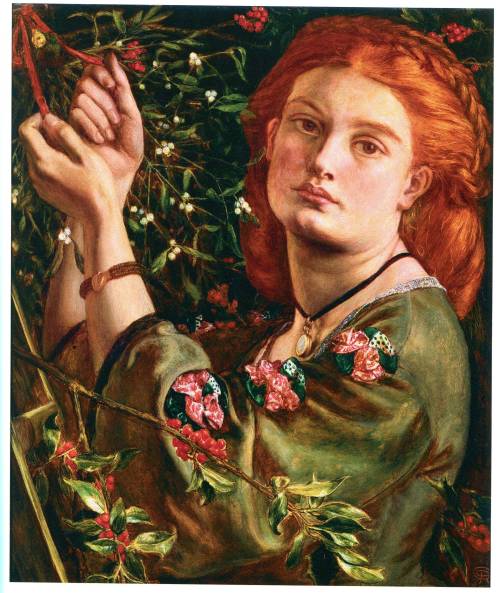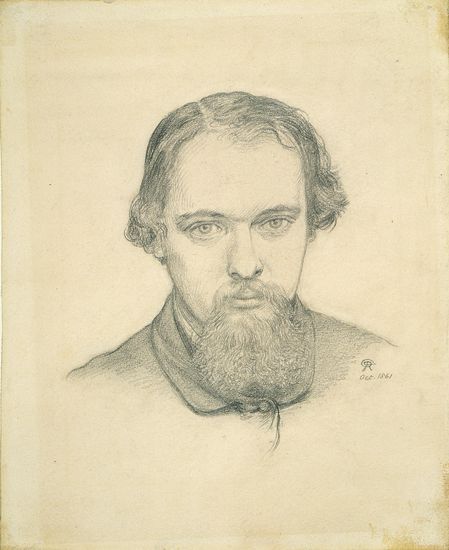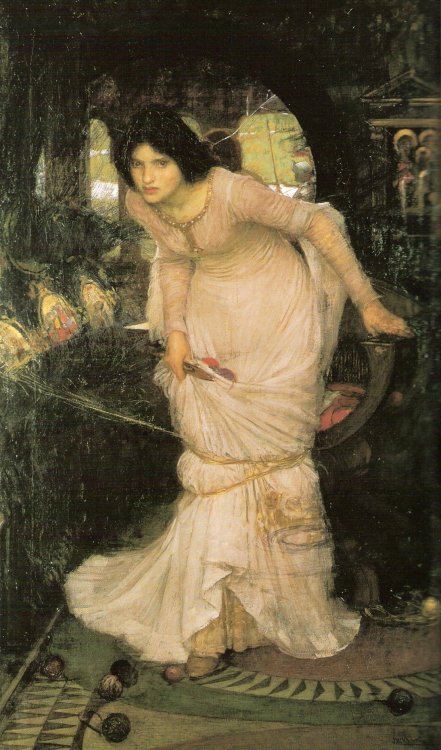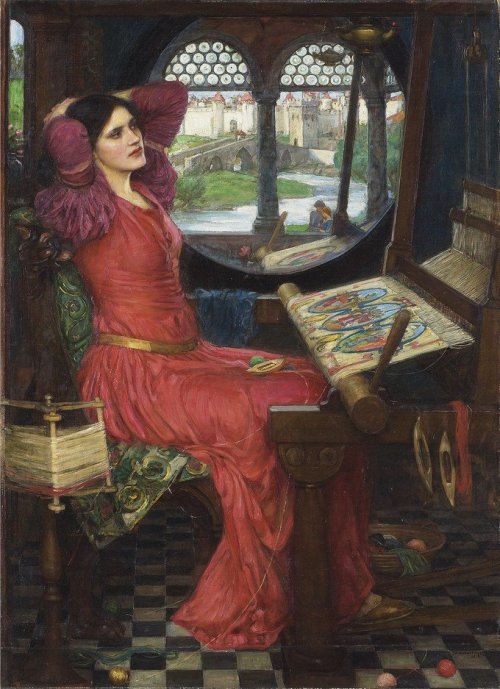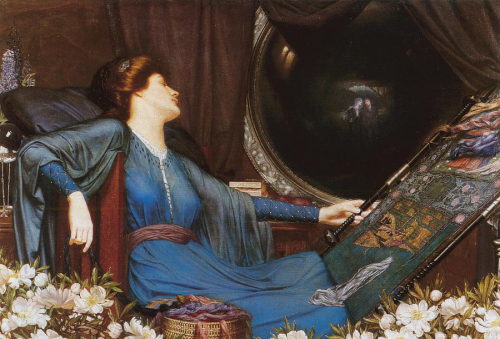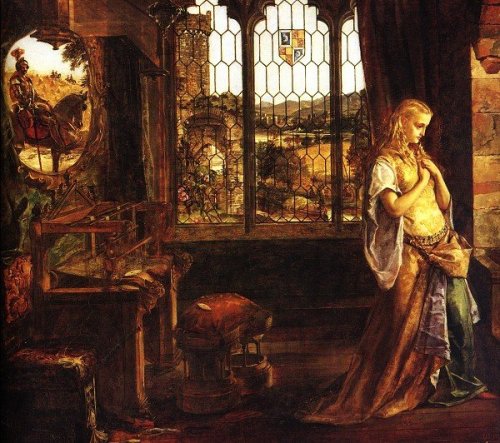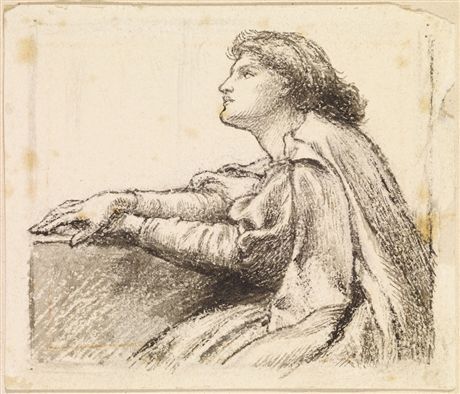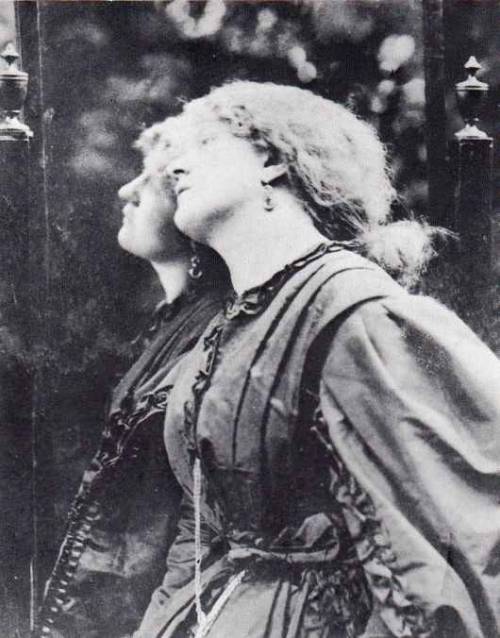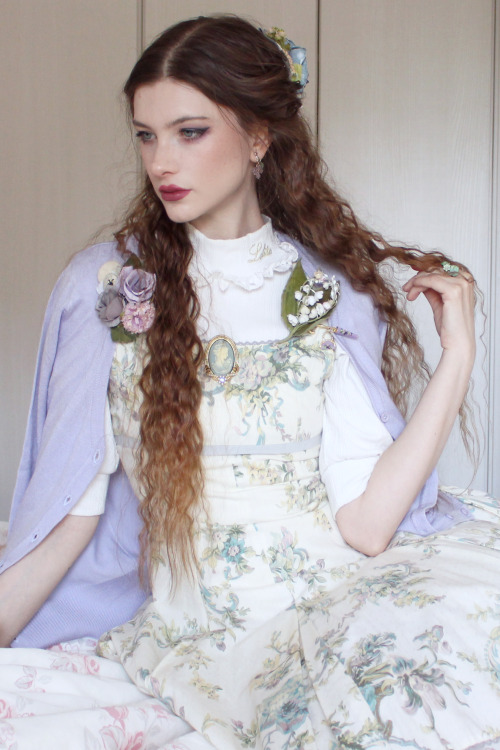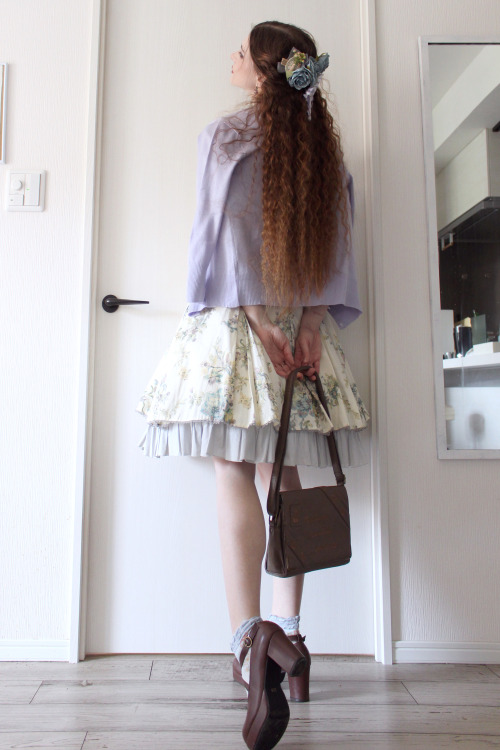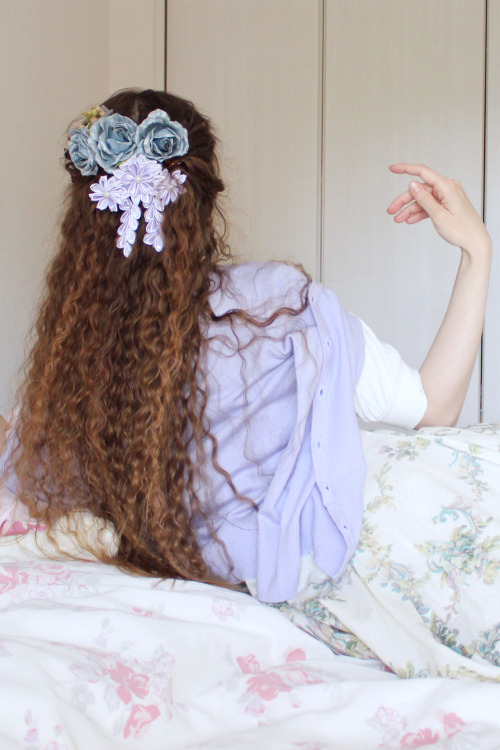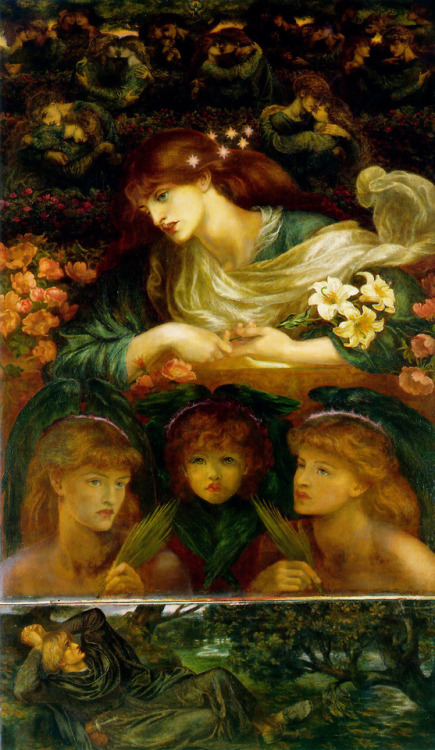#preraphaelite
beatrice (1879) and the salutation of beatrice (1869), painted by dante gabriel rossetti. jane morris is the model for both portraits.
Post link
io sono in pace by dante gabriel rossetti (1875) / paulo e francesica da rimini (1867) by dante gabriel rosseti
Post link
the vampire by philip burne-jones (1897). the model is actress mrs patrick campbell; burne jones was the oldest son of pre-raphaelite painter edward burne-jones.
Post link
ophelia by alexander cabanel; ophelia by friedrich wilhelm theodor heyser; ophelia by jean baptiste bertrand; detail from ophelia by john everett millais
Post link
detail from the last sleep of arthur in avalon by edward burne-jones (1881-1898) // the sleeping beauty by john collier (1921)
Post link
“symphony in white, no. 1: the white girl” by j.a.m. whistler (1861-62) // “a somnambulist” by john everett millais (1871)
Post link
three studies of fanny eaton, a Black jamaican-born pre-raphaelite muse, by walter fryer stalks (first image) and frederick sandys (images two and three). she sat for numerous artists of the movement, including dg rossetti and simeon solomon, and is perhaps best known for being the sitter for sandys’ morgan le fay.
Post link

“elizabeth siddal having her hair combed”, a study by dante gabriel rossetti circa 1855.
hidden details in millais’ ophelia:
- a robin perched on a branch in the upper right hand corner.
- a mist of cobweb above the sitter’s feet ominously remminiscent of a skull.
- dead reeds rotting in the water. the backdrop was in 1851 from june until november, in ewell, surrey.
- a garland of violets around the neck of ophelia, modelled by elizabeth siddal.
Post link
the farmer’s daughter or girl tying up mistletoe by dante gabriel rossetti (1860). the model is unknown, but it is possible that the model is elizabeth siddal: the painting was finished during the first christmas of their married life.
Post link
two self portraits by dante gabriel rossetti: the first dated dated october 1861, the second 1870. he was born on 12 may 1828 and is best known as both a founding member of the pre-raphaelite movement and arguably it’s definitive artist. in later life he developed a lush, sensuous painting style, characterized by medieval revivalism, elegant hands, flowing hair, and heavy allegory. he was also a prolific poet, and the husband of pre-raphaelite artist and model elizabeth siddal.
Post link
dante gabriel rossetti’s figure study for the princess for ‘the long hours go and come and go’ in the prince’s progress
Post link
fanny cornforth, pre-raphaelite model and dante gabriel rossetti’s housekeeper until his death, died on 24 february 1909. she is pictured here as the sitter for rossetti’s fair rosamund (1861) and photographed in 1863. cornforth is often the subject of scholarly bias, owing in part to her status as rossetti’s longtime mistress and in part to her figure, which was fuller and more lush than the traditional sylph-like femininity typically associated with pre-raphaelite women. moreover, cornforth was working class, working as a servant from at least 1851: william michael rossetti wrote that “she had no charm of breeding, education, or intellect”. however, cornforth appeared in many of rossetti’s most famous works, including bocca baciata, and was the first person to open a dedicated museum to rossetti’s work after his death.
Post link
Happy Birthday, Edward Burne-Jones. Thank you for all the beauty.
src:http://williammorristile.com/burne-jones/briar_rose/briar_rose_tiles.jpg
Post link
John Everett Millais, The Blind Girl, 1854, oil on canvas.
Millais was one of the founders of the pre-raphaelite movement, which sought to imbue British art with the same detail and vitality seen in Italian renaissance painting. Although this piece does possess a sentimental theme it is still alluding to a deeper meaning. The blind girl and the child mirror the image of the virgin and christ, and the butterfly which sits on her shawl is symbolic of the soul, the fact the butterfly and the double rainbow go unnoticed is also indicative of the girls blindness to the beauty around her, due to her affliction. Despite this through the religious imagery we can assume that Christ will endow her with a new and better vision as in the biblical miracle.
Post link
I had plans to go see wisterias, but I missed them again this year, so I went to see the May roses at Jindai botanical gardens. Since it was “on the way” (on my crazy walking standards), I also visited Coffee House Tom, a kissa that used to be in Yoyogi, but moved to Chofu, as well as all the very traditional Japanese area surrounding Jindaiji. See my Instagram for those pictures.
Outfit rundown
Dress: second-hand Mary Magdalene
Turtleneck: thrifted
Cardigan: old from Boutique 1861
Bag: second-hand Manifestange Métamorphose temps de fille (yes, it has the full name on it)
Shoes: second-hand Queen Bee
Socks: Old Grimoire
Cameo and umbrella+purse brooch: vintage
Lily of the valley corsage: Pauline Rose
Lavender roses corsages: Design Festa
Ring: thrifted Michal Negrin
Violet hair decoration: handmade by my cousin
Blue roses: Daiso assortment I pinned in
Blue+yellow hairpin: Axes Femme
Post link


DRACULA - Today is the 125th anniversary of the publication of the novel Dracula by Bram Stoker (Irish, 1847-1912). To mark this, here is a vampire slaying kit (from c. 1890s) associated with Philip Burne-Jones, son of the famous Pre-Raphaelite artist.
We have to assume that Philip Burne-Jones had an interest in vampires – because here also is his painting The Vampire (1897). The model used was likely to have been his lover at the time, actress Mrs Patrick Campbell.

A Mermaid (1901) by John William Waterhouse (English, 1849–1917). From an Alfred Tennyson poem.
Athlete Wrestling with a Python (first cast in 1877) by Frederic Leighton (English, 1830-1896). Walker Art Gallery, Liverpool (UK).
Very influential piece at the time. Likely inspired by Apollo slaying the Python of Delphi. The Python was one of the most fearsome creatures in Greek mythology, a serpent who lived in the centre of the earth near Delphi.

Flora (1894) by Evelyn De Morgan (English, 1855-1919). De Morgan Centre.
John William Waterhouse - Tristan and Isolde
1916 / oil on canvas / 109 cm x 81 cm / Private Collection
Post link
Sir. Joseph Noel Paton - The Reconciliation of Oberon and Titania
1847 / oil on canvas / 76 cm x 123 cm / National Gallery of Scotland (Edinburgh, UK)
Post link
Dante Gabriel Rossetti - The Blessed Damozel
1871-1878 / oil on canvas / 136.8 cm × 96.5 cm / Harvard Art Museums (Cambridge, USA)
Post link
Wright Barker - Circe
1889 / oil on canvas / 138 cm × 188 cm / Cartwright Hall Art Gallery (Bradford, UK)
Post link
Edward Burne-Jones - Perseus and the Graiae
1892 / oil on canvas / Staatsgalerie Stuttgart (Stuttgart, Germany)
Post link

